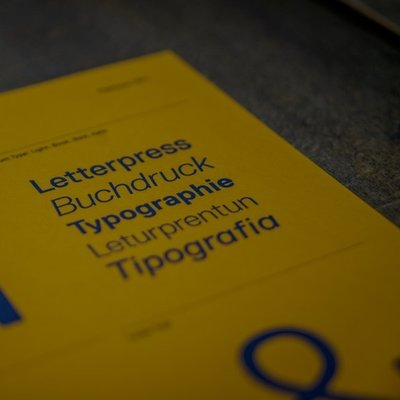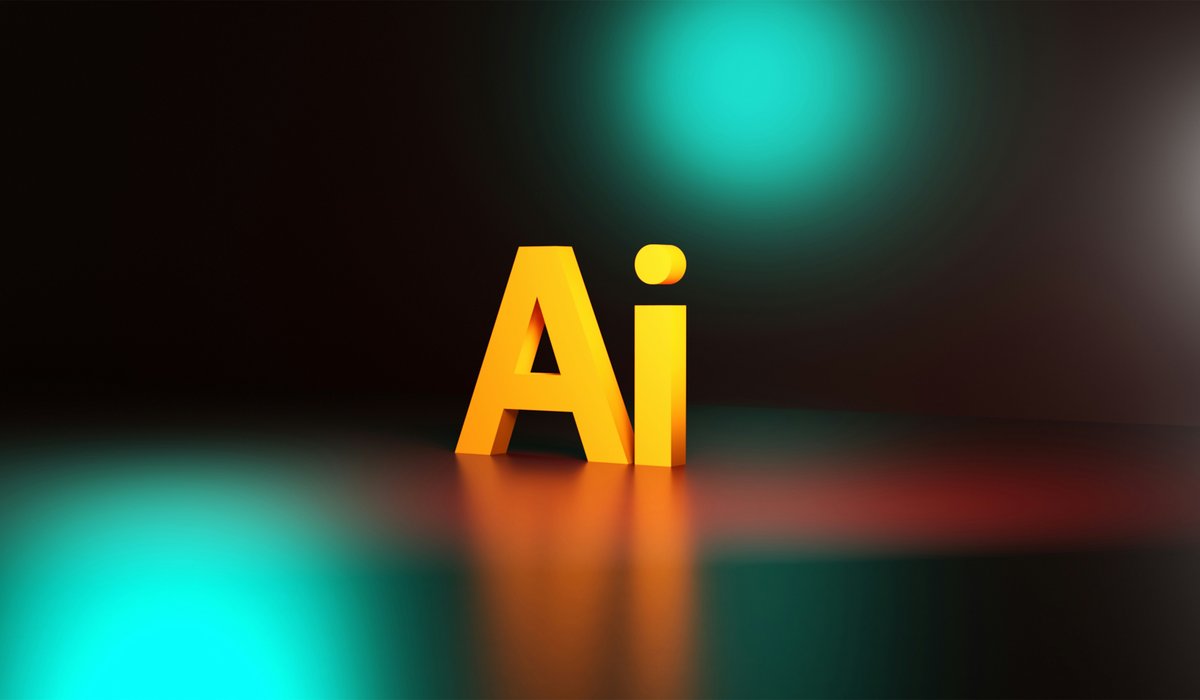Fonts: A creative's first love

Inspired by a type designer's work, our Creative Director, Dom, reached out to ask for permiss…

As artificial intelligence (AI) technologies continue to evolve, it’s crucial that as communication professionals we stay ahead of the curve. Let's take a dive into how AI is transforming the communications landscape and what it means for us…
AI might seem like a brand new concept to most but its roots actually date back to the 1950s, when computer scientists first explored the possibility of creating machines that could simulate human intelligence. Fast forward to today, and AI is already a part of our everyday lives, from Siri and Alexa, to Face ID recognition and Netflix recommendations when you’re settling down for the evening. With ChatGPT just two years old, the AI journey is just getting started.
In the world of PR, AI is already a part of our daily routine. Tools such as media monitoring, enhanced content creation and predictive analysis are just the tip of the iceberg. AI can help us to track client coverage across various platforms, gauge public sentiment, enhance our content and inspire creative ideas. It’s already helping to make our jobs much more efficient and impactful.
Because AI is based on past data and still very much in its infancy, it can have the tendency to over or underrepresent certain groups. It’s our responsibility to ensure that the content and the client is not at risk of being put across as being misleading or underrepresenting.
2. AI-generated content is not always original
As mentioned, AI is trained on pre-existing data, so it’s possible for AI-generated content to be similar to or even derived from existing content, so fact checking is an absolute must to ensure we avoid plagiarism.
3. AI-generated content lacks critical human thinking
At the end of the day, AI is a machine; it lacks emotion and empathy. It can't replicate human emotions or understand the emotional impact that comes from human creativity. Additionally, AI is only as smart as the data it's fed.
4. AI-generated media is seen to be used maliciously
AI is already writing headlines, copy editing, and transcribing interviews, and we've even witnessed AI ‘journalists’ popping up. Remaining diligent with our media monitoring will help us to identify misleading information that might have been published about our clients.
5. AI-generated content can’t be copyrighted
Simply because it hasn’t been created by a human. Only content created by a human being can be protected by UK Copyright Designs and Patents Act (CDPA 1988).
Taking the risks and challenges into account, AI does bring a host of positives to the table, like increased efficiency, data-driven insights and the ability to handle repetitive tasks, freeing up our time for other areas of our work.
However, it's not without its drawbacks. The downsides include lack of human touch, over-reliance on technology, the potential for errors and copyright concerns. Finding a balance between leveraging AI's strengths and addressing its limitations is essential.
Getting started with AI doesn’t have to be daunting. Looking at areas of your work that could benefit from some extra support is a great place to start. You’lll need to ensure that you’re selecting the right tool for the job, identify what you need and provide as many prompts as you can.
We would recommend starting small with something such as asking ChatGPT to draft a social caption and go from there. Remember that AI is always learning, so don’t forget to provide feedback and review and edit to ensure that human touch and correct tone of voice.
Despite the advancements and positives that AI provides, it isn’t a catch-all solution or a replacement for strong communications teams
At RKH, we’ve been dipping our toes into AI-generated content, using tools such as ChatGPT to help inspire creative ideas, assist with content creation and analyse our work. While it may not always be perfect, we view it as a process of trial and error. By embracing AI, we want to enhance our efficiency and uncover new opportunities for creativity in our projects.
Despite the advancements and positives that AI provides, it isn’t a catch-all solution or a replacement for strong communications teams. As we’ve said, AI lacks the understanding of human emotions and relationships that we bring to the table.
Building genuine connections, understanding context, and crafting compelling narratives are areas where human insight and empathy shine. We need to blend AI's capabilities with our human skills to create the best outcomes.
Looking ahead, AI is not something to fear but to embrace. It will undoubtedly play a more significant role in PR and communications and will enable us to be more proactive and efficient.
However, the essence of our work—building and maintaining relationships—will always require a human touch. As we move forward, it’s about finding the perfect balance between AI and human creativity to elevate our efforts in delivering exceptional results for our clients.
Our B2C and B2B PR professionals can help you get your brand and your stories in front of the people who need to see them.
Get in touch with us